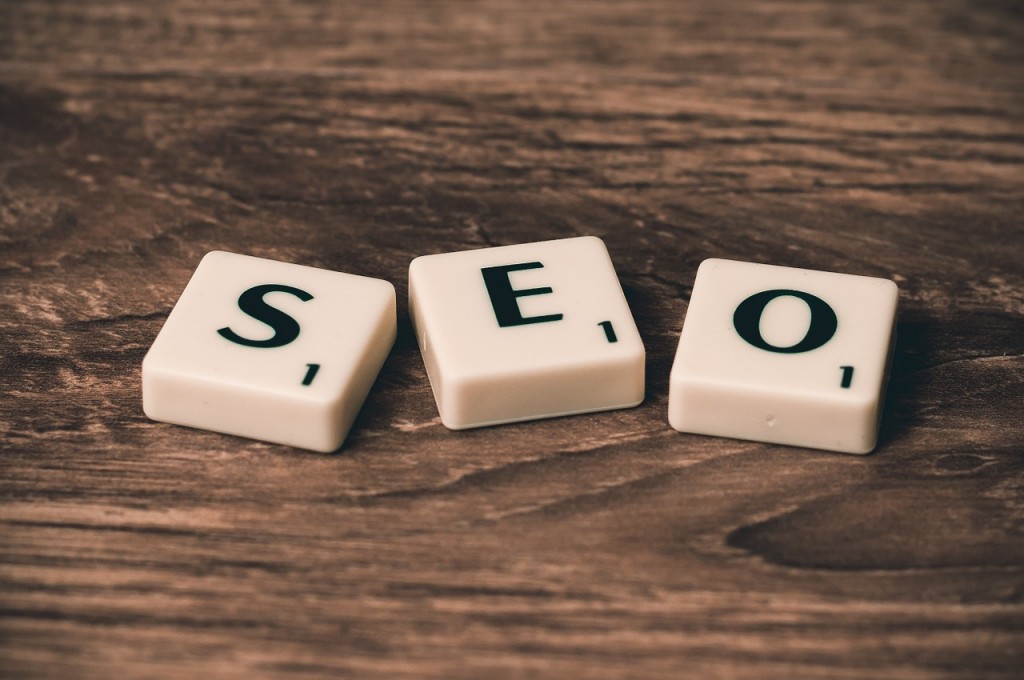It’s no secret that many, many industries have suffered greatly due to the COVID-19 pandemic, and subsequent stay-at-home orders and essential worker designations. The hand sanitizer industry has been doing well, however, and on a more serious note, so has ecommerce. Already in November (major shopping season for Americans), the ecommerce industry has already seen a 21% increase in sales from last year.
In addition to the present, the future is looking very promising for ecommerce as well. Many experts believe that the ecommerce boom due to COVID will continue long after the pandemic is put to rest. Remote work is also expected to continue, and that, too, will play into ecommerce’s expected continued growth over the next decade plus.
In any realm of commerce (malls, storefronts, etc.) more traffic means more potential purchaser, and more potential purchasers means more sales. Here are five strategies to help you maximize the organic traffic to your ecommerce website.
On-Page SEO
Search engine optimization is the name of the game when it comes to increasing organic traffic. Generally speaking, Google algorithms look for quality content with quality links. As far as on-page SEO, this means doing due diligence regarding keyword research, the flow and readability of your content, and credible and relative links. It’s important for someone to be conducting business analysis on your websites results and customer interactions to find growth opportunities.
Engagement is also very important for SEO rankings, and thus, you need to create content that will keep readers on the page longer. Toeing this line between too concise and too wordy is easier said than done, but the more you do it, the better you will get… and Google analytics can help determine what’s working, too!

Increase Loading Speed
For both desktop and device applications, a surefire way to get people to leave your site is to have it take excess time to load. Load speed is also one of the measures of Google Analytics, so even if people do possess great time management strategies that allow them to do other work while pages are loading, the slowness is still affecting your rankings and hurting your organic traffic. There are many tactics for achieving this, but a few easy fixes are optimizing your images, making your “meat and potatoes” content right at the top (so it loads first), and enabling compression and caching.
Start a Blog
Google loves fresh content, and when they see your site has some new, well-written, and relevant information, they will continually rank your site higher. With that, creating a weekly blog relative to your product or service, or the parent industry of your product or service, will keep fresh content on your site, and with that, frequent higher rankings by Google.
Mobile Boosts
In the last five years, mobile searching has eclipsed that of its desktop counterpart, and with people more apt to update their phone or tablet than they are their computer, this trend is expected to continue, pretty much forever. With that, maximizing your mobile site user-friendliness is a key factor in increasing your traffic. There are many development programs that focus solely on improving the rankings of your mobile site, and educating yourself on these (if you’re not already) should be very high on your to-do list moving forward.
Responsiveness
Unlike websites aimed at informing, ecommerce websites should really deliver an “experience,” just as going to the mall would. With that, adding interactive means to your website will almost certainly get people to stay longer. As an example, if a clothing salesperson added a feature that allowed shoppers to see what clothes matched will with each other, that site’s rankings would improve do to time spent on the site, and the sheer entertainment factor would make the buyer more likely to make a purchase.
Immediate customer feedback (generally via a chat function) is also a great addition to any ecommerce site for a multitude of reasons.
Stay Ahead
Especially as the U.S.’s most prominent shopping season gets into full swing, staying abreast of the trends related to SEO and traffic are even more important now than they are during slower periods, as everyone in the ecommerce game is going to be jockeying for customers.















